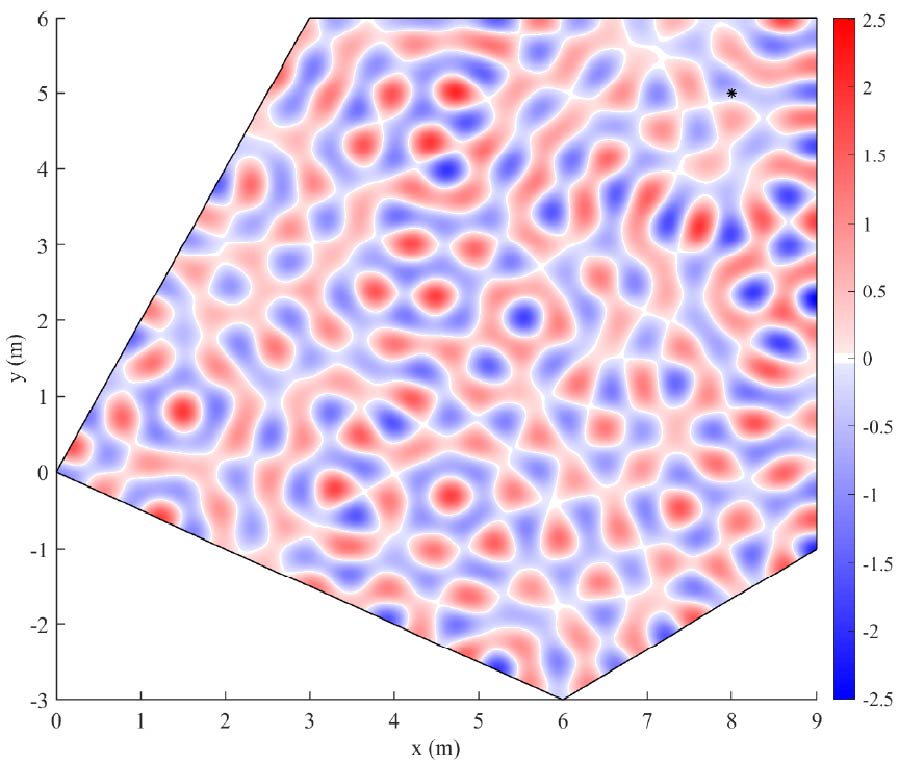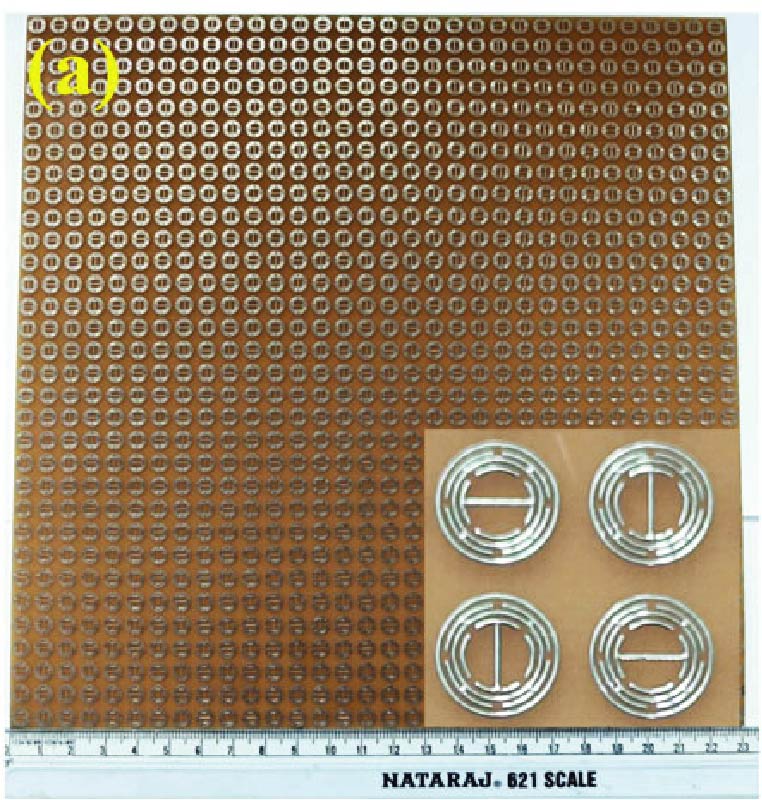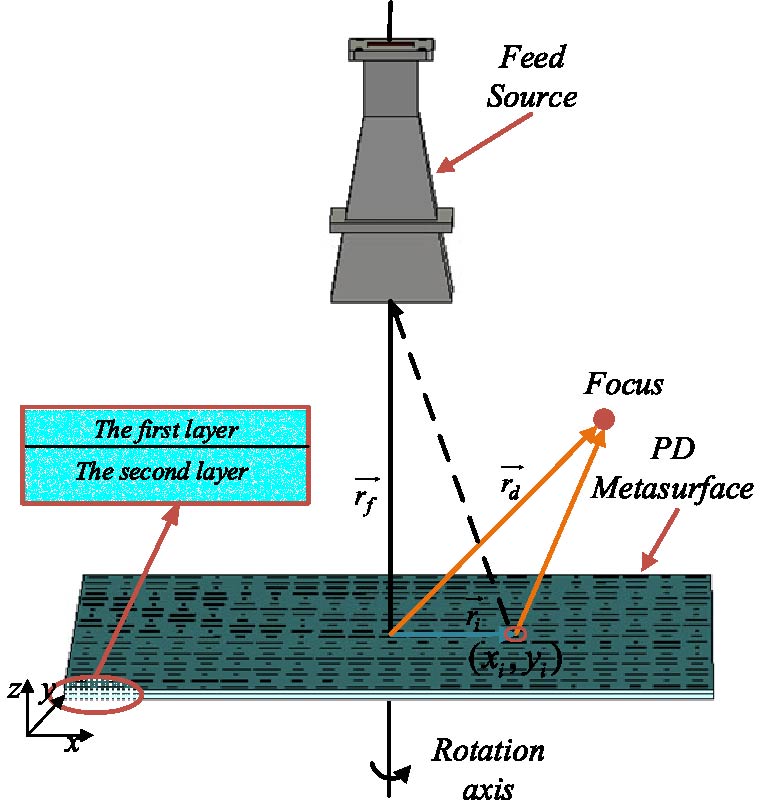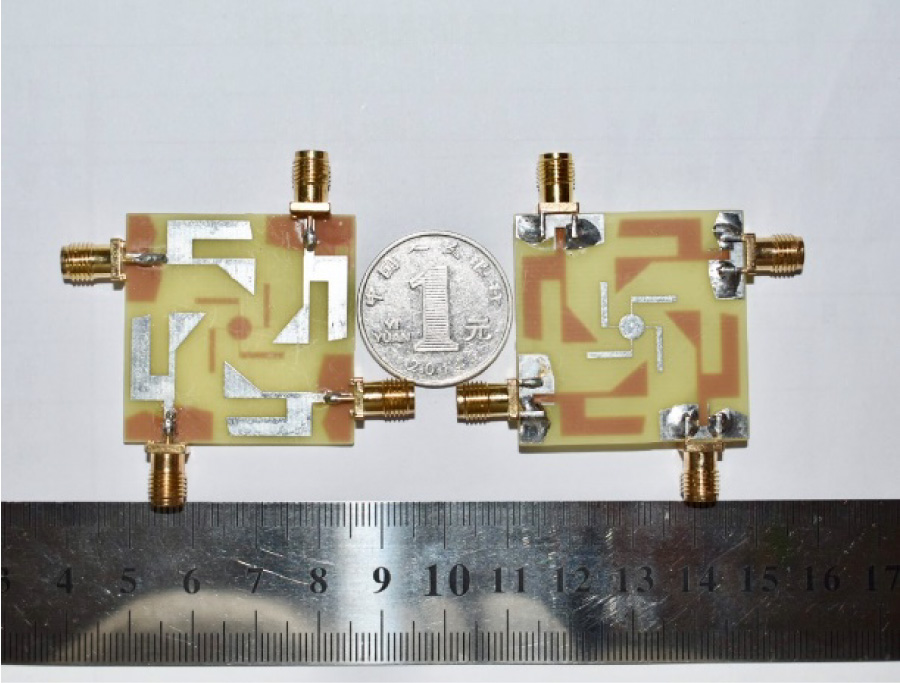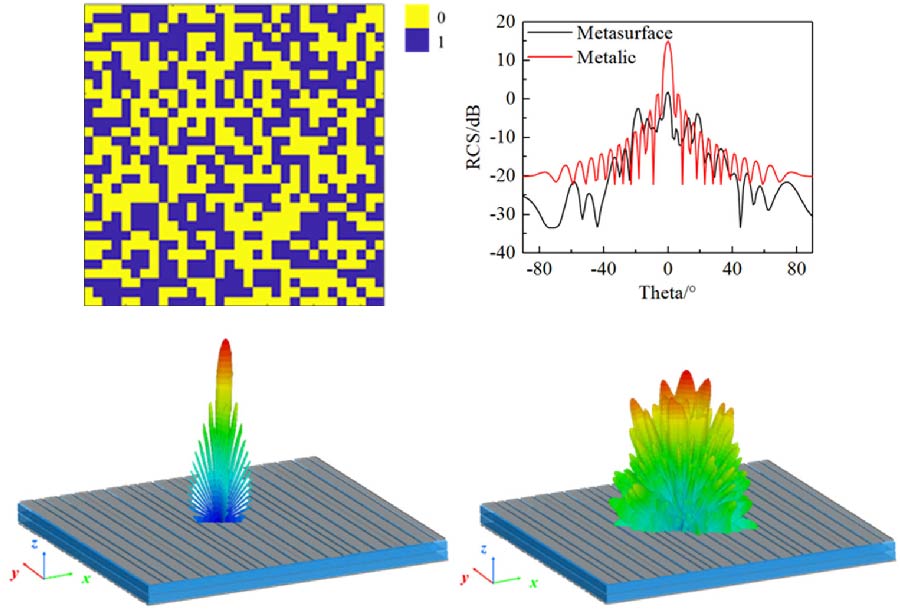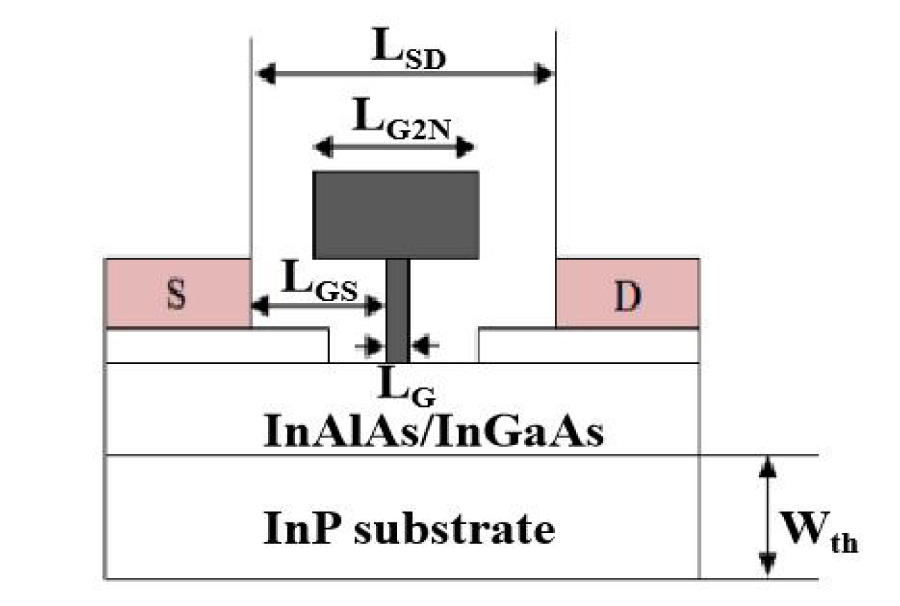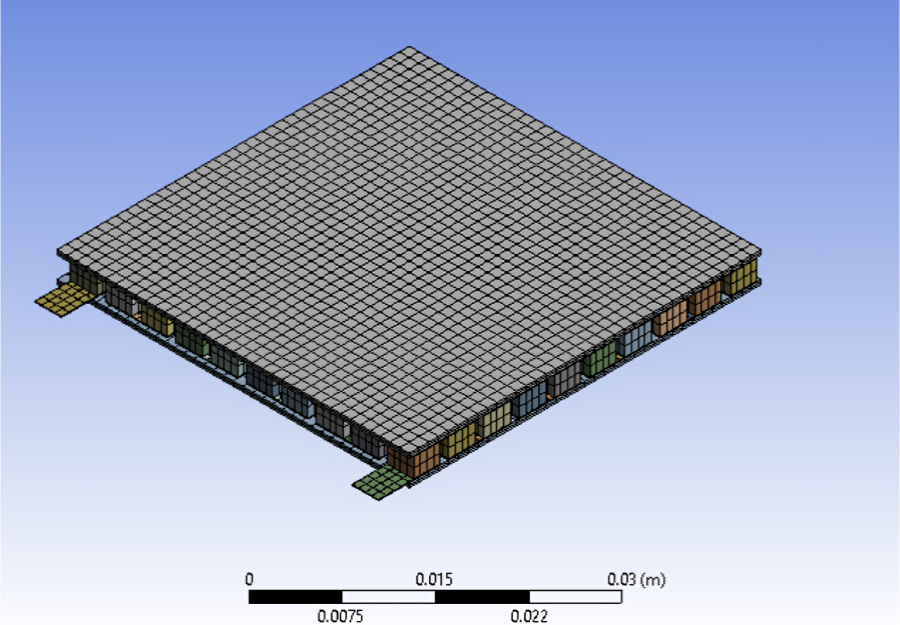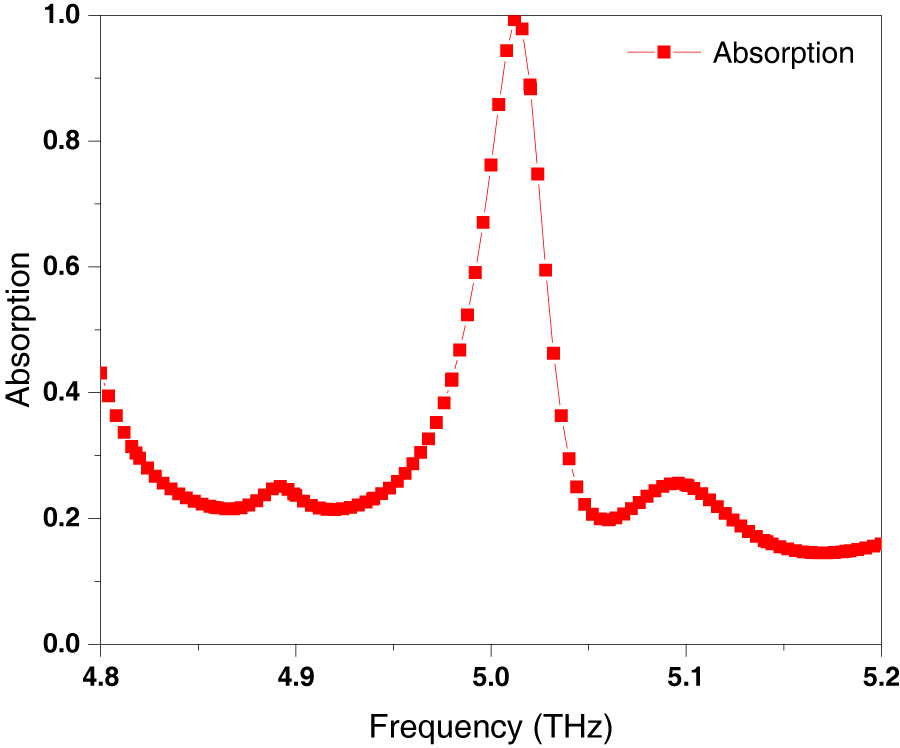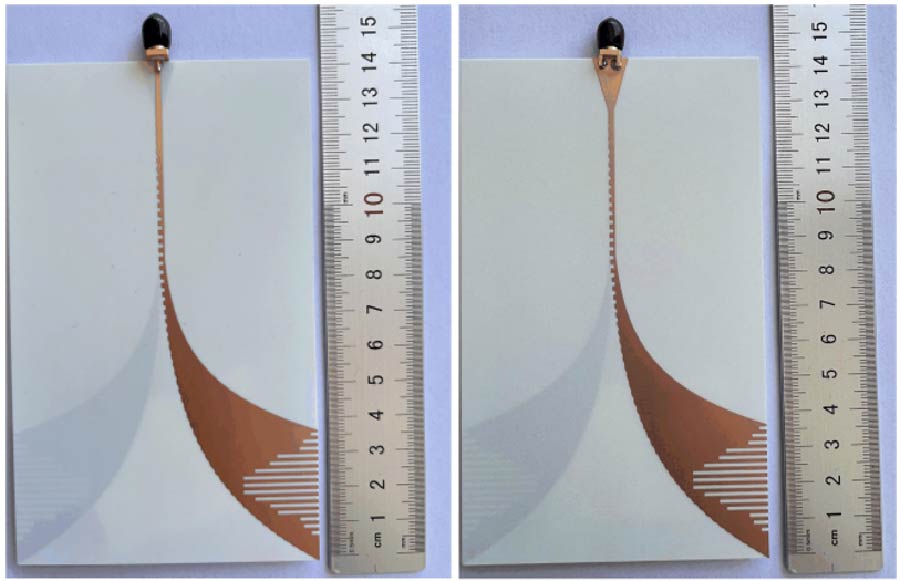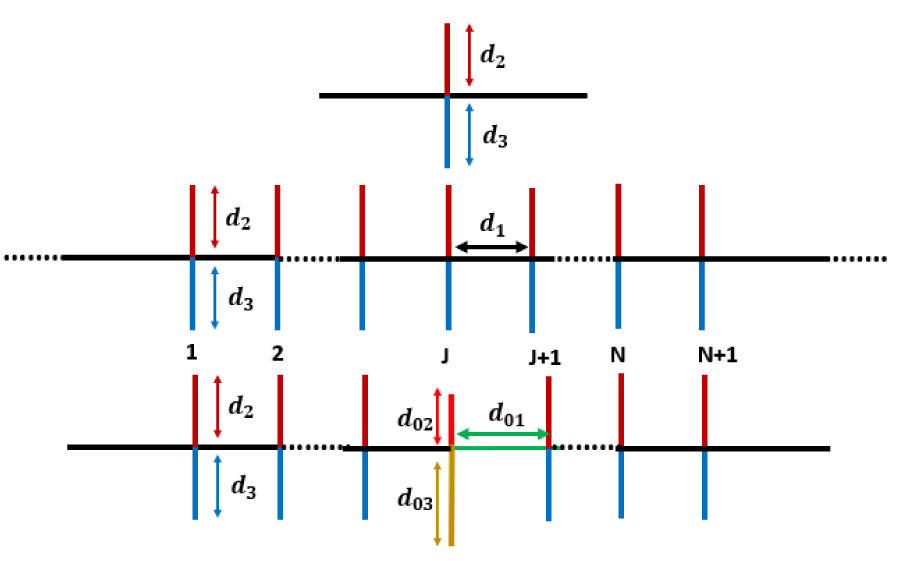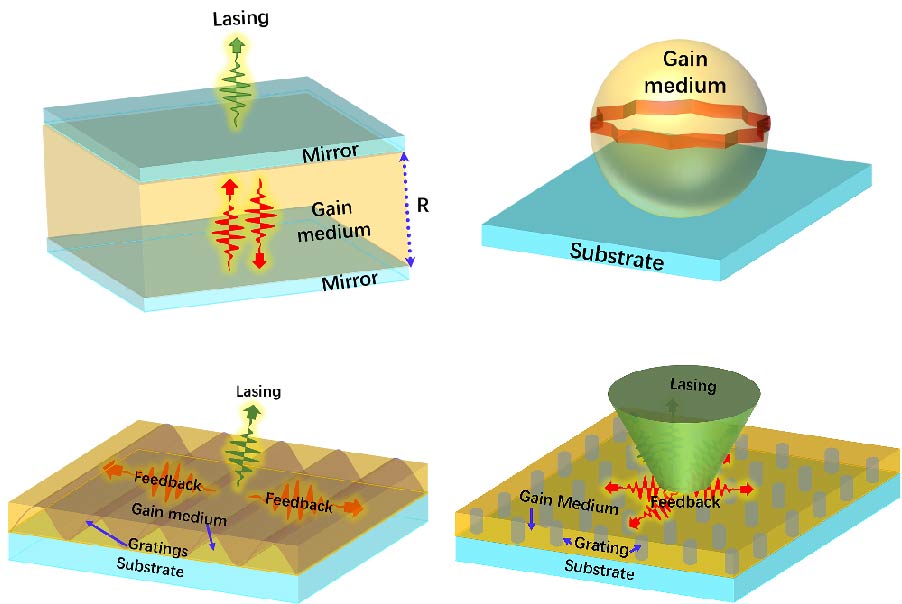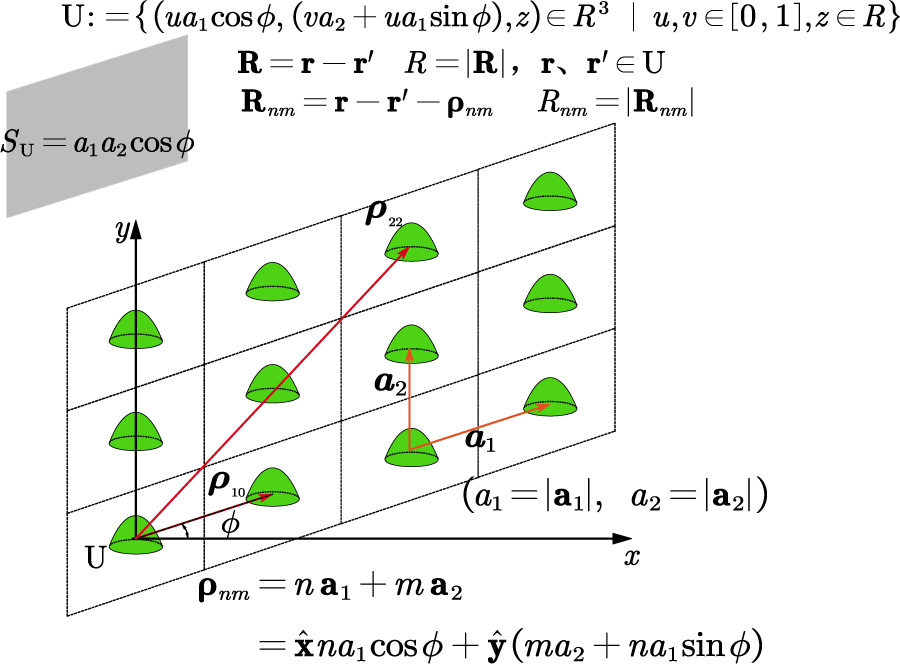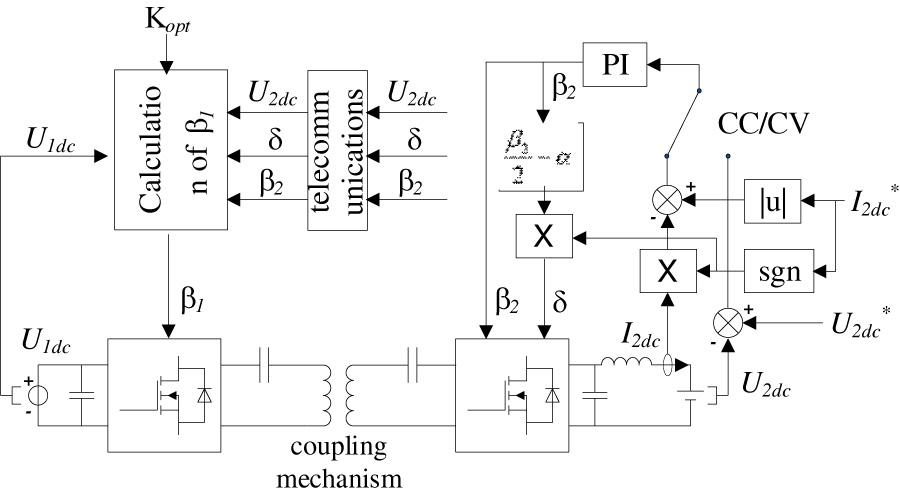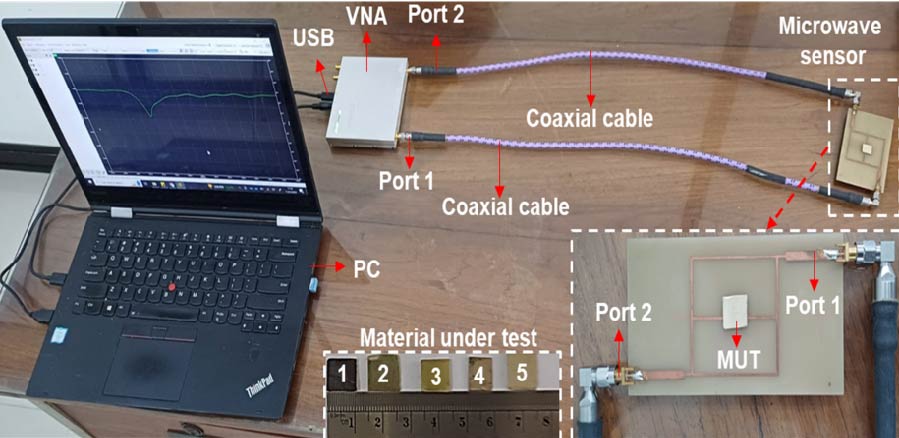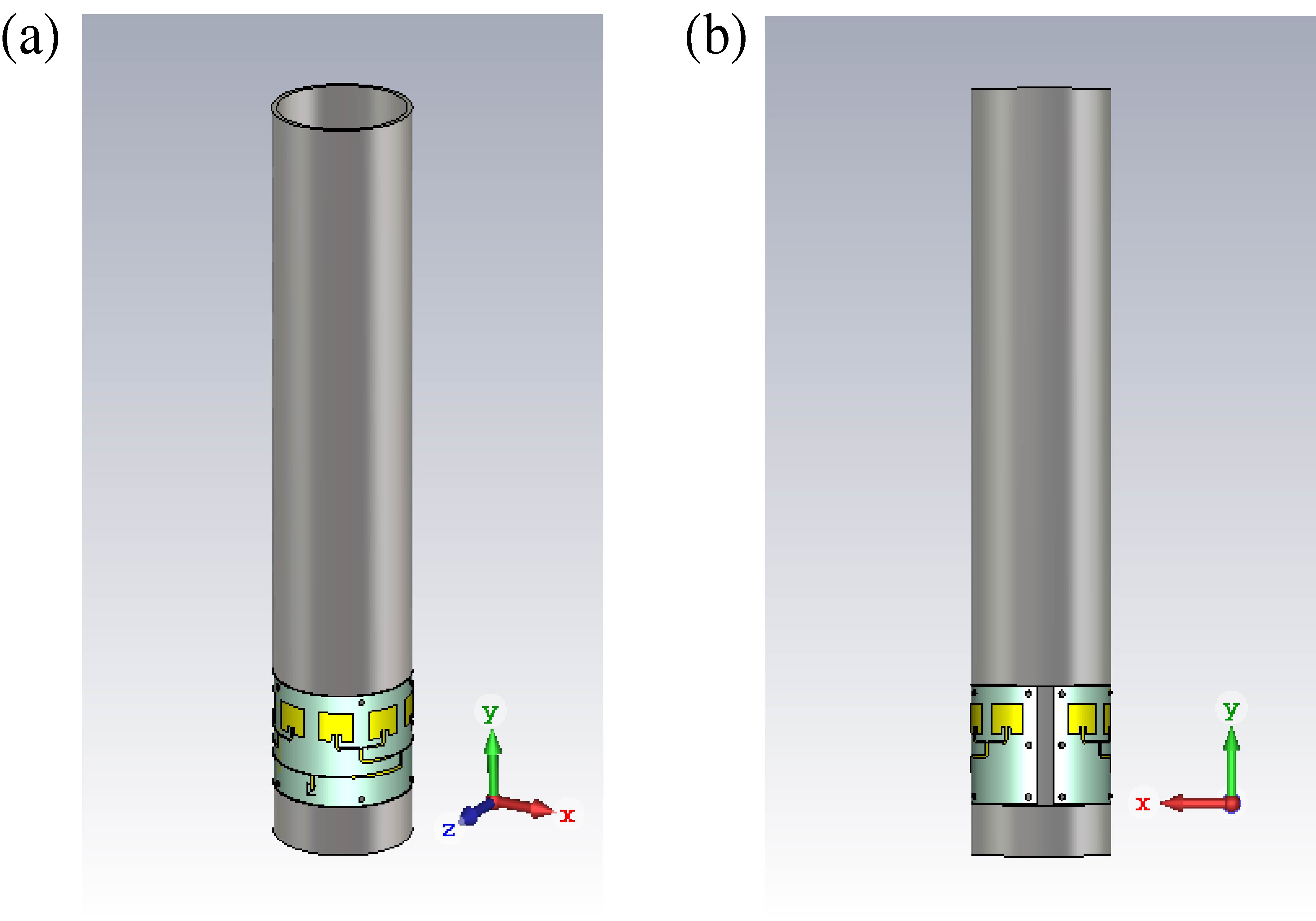Conformal Microstrip Antennas on the Rocket Cylinder
Anita Pascawati,
Muh Fakhri,
Aditya Inzani Wahdiyat,
Idris Eko Putro,
Sonny Dwi Harsono,
Mirza Zulfikar Rahmat,
Rahmat Alfi Duhri,
Kandi Rahardiyanti,
Herma Yudhi Irwanto,
Yuyu Wahyu,
Arief Rufiyanto,
Budi Sulistya,
Evi Nur Qomariya,
Cahyaning Retno Rahayu,
Rizki Fadhila Ridho and
Muhammad Reza Kahar Aziz
This paper presents the design of conformal microstrip antennas wrapped around on a rocket cylinder. These antennas should exhibit favorable S11-parameter values within the desired radio frequency range and an omnidirectional radiation pattern. Given their external placement on rockets, the challenge in this context is to ensure heat resistance. Two types of conformal microstrip antennas are developed to address this issue: one features an 8x1 array of rectangular patch (RP) elements, and the other consists of a single long rectangular patch (LP) element. Each antenna is wrapped around the rocket cylinder, with the patch array elements tailored to match the cylinder circumference to achieve an omnidirectional radiation pattern. Both antennas operate at a resonant frequency of 2.44 GHz and are constructed using RT/duroid 5880, a flexible material with a low dielectric constant. The antennas designs are assessed through computer simulations, followed by fabrication and measurements to analyze their performance against simulation results. The results indicate that the conformal RP antenna displays an S11 value of -24.512 dB at the center frequency of 2.445 GHz featuring a 48 MHz bandwidth, while the conformal LP antenna discloses an S11 value of -16 dB at the center frequency of 2.44 GHz having a wider bandwidth of 55 MHz. Both of the conformal RP and LP antennas exhibit an omnidirectional radiation pattern with a maximum gain of 6.13 dB and 7.21 dB, respectively. Following simulation and testing results, the antennas can tolerate temperatures up to 71.8˚C during flight tests. Although temperature variations trigger slight frequency shifts, these deviations are insignificant. Finally, the measurement results agree with the simulation ones.
